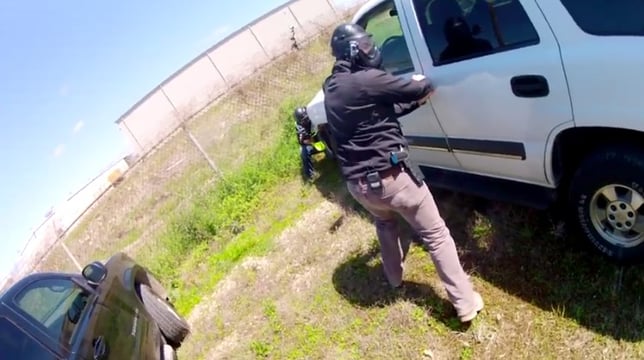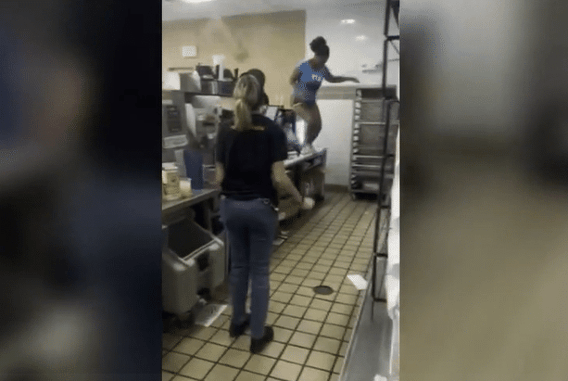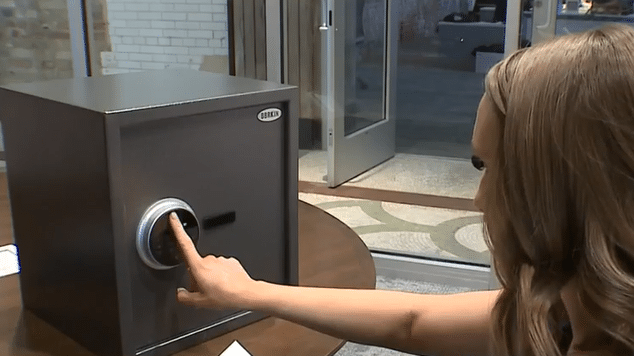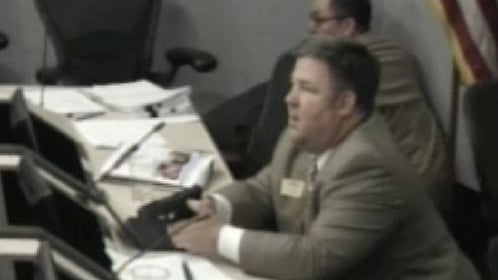By Robert Farago via TheTruthAboutGuns.com
Much is made of the “fight or flight” response afflicting people in life-threatening danger. Yet most people do neither. They freeze. It’s a normal, natural response. Predators look for movement. Not moving – especially in a large group of people – is a strategy wired deep into our subconscious or “lizard brain.” That’s why firearm self-defense trainers spend the vast majority of their time teaching students to react quickly, instinctively and aggressively to a lethal threat. While there’s a great deal to be said about drawing your gun and moving without conscious though, most of it having to do with speed, it’s just as important to . . .
think consciously during a defensive gun use.
The preferred mental process is sometimes referred to as the OODA loop: Observe, Orient, Decide, Act. Wash, rinse, repeat. And keep washing, rinsing and repeating until the battle is over. Do it as quickly and efficiently as you can. Unfortunately, many people never make it past Observe. They stand in front of the danger like the proverbial deer caught in the headlights.
The trick is to make it to the second step: Orient. Simply put, you have assess your environment. Identify the danger and your options – which change rapidly.
The problem: eye fixation. The aforementioned lizard brain become fascinated with the instrument of danger. It’s a knife! Wow! A knife that’s going to stab me! Or a gun! A gun aimed at me! It’s no wonder why so many people somehow manage to shoot their assailant’s hand. You shoot what you see.
Breaking eye contact with the danger, even for a moment, [usually] releases a self-defender from paralysis. Once you see the totality of your circumstances, you can make decisions. Better decisions. As Lyndon Johnson famously opined, a decision is only as good as the information it’s based on. If you don’t see cover or concealment or other threats, your may make inappropriate decisions. As in fatal.
Some people observe, orient, decide and act in a fight naturally; that’s the way they’re wired. If that’s you, if you’re a natural born fighter, good for you! If you’re not – and you might not know until the you-know-what gets real – there are a couple of ways to avoid both “analysis paralysis” and/or bad decisions.
Self-Talk
If you’re caught unawares – and most bad guys are ambush predators – you must give yourself time to orient. A fraction of a second – which can seem like an eternity thanks to a flood of adrenalin – may be enough. How do you do that? A gun guru of my acquaintance uses self-talk. He starts his interior monologue with a question “What are my options?” Not “what am I going to do?” but “what can I do.”
“What are my options?” automatically triggers orientation. Where’s the nearest cover or concealment? How many bad guys are there? How much time do I have? It also triggers eye movement; you automatically look for answers. The answer might be “I have no options, I have to wait.” It might be “Shoot now!” But asking yourself to consider your options forces you to think strategically. To win, you keep repeating it. “What are my options now?”
Training
Traditional square range marksmanship is the worst way to train yourself to observe, orient, decide and act. What’s to orient? You’re stuck in a tiny cubicle. What’s to decide and do? Shoot or don’t shoot. Square range marksmanship programs you to focus on a single target – to the complete exclusion of everything else (including surrounding gunfire). Don’t get me wrong. Marksmanship is important. Familiarity with your firearm is crucial. Gun ranges are relaxing. But there is a better way.
Train for multiple threats. Whenever possible, set up multiple targets. Whenever possible, set up multiple targets – including no-shoot targets – with a choice of cover/concealment. Whenever possible, have someone call out your course of action. Better yet, have someone set up the targets while your back is turned. I know it sounds obvious, but not knowing what to expect is an ideal way to train yourself to deal with unexpected situations.
Force-on-force training is the best way to train yourself to observe, orient, decide and act. The more you do it, the more often you do it, the better. It’s creates “stress inoculation.” Your mind reassures you that “we’ve been here before” – and won. Force-on-force training gives you confidence, which gives you time to think under pressure. Bonus! Because force-on-force is so intense, it’s extremely powerful. The lessons you learn can last a lifetime.
That said, force-on-force training is expensive and often inconvenient. But even if you do force-on-force training once in your life, that beats years of square range marksmanship. I’m not saying you can’t win a gunfight without it, but the chance of winning one with it are significantly better. If you think about it.














